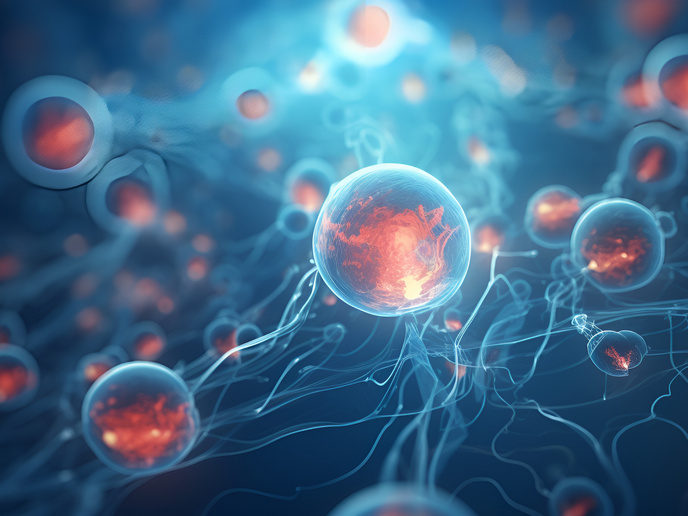Light-activated cancer drugs
Photochromic molecules have the inherent capacity to isomerise upon exposure to light of different wavelengths and change their structure, charge distribution or chemical properties. Spiropyrans constitute one of the oldest, and perhaps the most studied, families of photochromes. The scope of the EU-funded PHOTOCHROMES (Photochromic systems for solid state molecular electronic devices and light-activated cancer drugs) project was to investigate the capacity of photochromes to penetrate the cell membrane as well as bind DNA. The long-term goal was to generate light-activated cancer drugs that bind to DNA and induce cell death. Researchers utilised spiropyran photoswitches and investigated their DNA-binding capacity and utility for cancer therapy. They demonstrated that these molecules could reversibly isomerise between two forms with and without DNA-binding ability upon exposure to light. This was also achieved by switching the pH from 7 to 6, an approach that could find application in cancer cells, which are typically more acidic than normal cells. When these photochromic compounds were tested in live cells they exhibited no cytotoxicity. However, photoactivated isomerisation to the DNA-binding form induced a cytotoxic response. Photochromic-regulated DNA-binding can have additional applications such as in DNA scaffolds. The same technology with photochromic supramolecules was applied in advanced logic operations, giving rise to a very sophisticated molecular logic platform. Overall, the PHOTOCHROMES molecules constitute a promising class of activated drugs that need to be investigated further. In particular, their selectivity for cancer cells render them promising leads in the fight against cancer.







